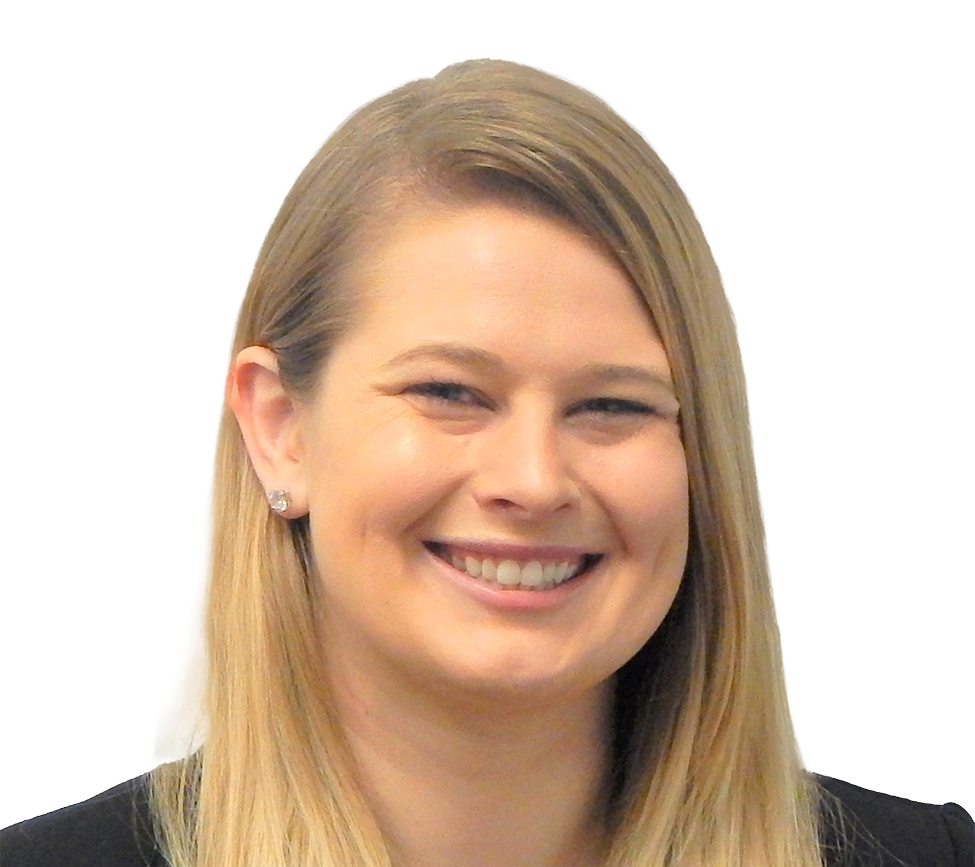

- Ph.D., Chemistry, Georgetown University, 2020
- M.S., Chemistry, Georgetown University, 2016
- B.S., Chemistry, Mount St. Mary's University, 2014
- 2019 Georgetown Graduate School Conference Travel Grant
- 2018 Georgetown Graduate Student Teaching Award
- 2016 American Nuclear Society Grant for Public Assistance
- American Chemical Society (ACS)
- American Nuclear Society (ANS)
- American Association for the Advancement of Science (AAAS)
Dr. Vanagas has expertise in nuclear separations chemistry and waste management with a focus on the formation of nuclear based compounds using ligands with carboxylate functionalities, commonly applied in separations chemistry and environmental systems. She has expertise in actinide structural chemistry and characterization in both the solution and solid state with an emphasis on the formation of actinide nanoparticles.
As an inorganic chemist, Dr. Vanagas has enhanced the understanding of nanoparticle formation on the mobility of radiological elements in environmental systems. Dr. Vanagas' research studied the formation of various sized clusters that expanded upon the limited knowledge on how nanoparticles form under aqueous conditions. Her research was critical to nuclear chemistry, specifically, radionuclides separation, nuclear waste handling, and clean-up strategies.
Dr. Vanagas worked in her lab as a nuclear safety officer to develop stringent radiation safety controls and security procedures in line with the National Nuclear Security Agency mission of radioactive materials security. These responsibilities included developing radioactive material stockpile security and strict radiation safety policies and procedures.
Dr. Vanagas has diverse experience in the fields of actinide, nanoparticle, and environmental chemistry. In 2019, she co-organized a nuclear forensics symposium at the ACS Fall National Meeting in San Diego. Dr. Vanagas' current professional interests include environmental remediation, nuclear chemistry, and nanoparticle formation. In her role as a Scientist with Exponent, Dr. Vanagas utilizes her broad knowledge of characterization methods to support clients in material characterization, which includes material composition, surface contamination, and material compatibility.
Dr. Vanagas has experience with a wide variety of characterization techniques including Single Crystal X-ray Diffraction (SCXRD), Powder X-ray Diffraction (PXRD), UV-Visible spectroscopy (UV-Vis), Fourier Transform Infrared (FTIR), Raman spectroscopy, Thermal gravimetric analyses (TGA), Nuclear Magnetic Resonance (NMR), and Dynamic Light Scattering techniques (DLS). Additionally, Dr. Vanagas is skilled in inorganic and nanoparticle synthesis and handling radioactive materials. She also has experience with setting up and maintaining a laboratory, such as the setup and maintenance of a Schlenk line with a vacuum pump and regeneration and maintenance of nitrogen gloveboxes for handling of air-sensitive materials.
Prior to joining Exponent, Dr. Vanagas worked as a graduate research assistant in the Chemistry department at Georgetown University. Dr. Vanagas conducted her doctoral research in inorganic chemistry on improving understanding of the chemical behavior of actinides. Through her research, Dr. Vanagas focused on synthesis and characterization of actinide-carboxylate ligand structural units with the aim to determine the correlation between the solution and solid state under controlled synthetic conditions to improve separations chemistry, waste management, and environmental remediation. During her Ph.D. research, she was elected the radiation and chemical safety officer, where she coordinated all aspects of the lab's RAM activities, including training new lab members, maintaining RAM inventory, ordering new isotopes, tracking lab activity, calculating RAM waste activities, and ensuring RAM waste was properly disposed. The research conducted by Dr. Vanagas has advanced the understanding of actinide nanoparticle formation and improved environmental remediation strategies for nuclear sites.